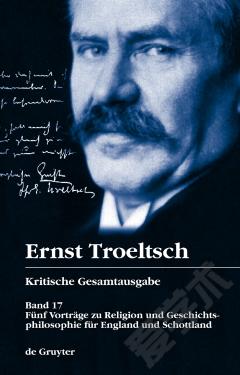Perceptions of the Prehistoric in Anglo-Saxon England —— Religion, Ritual, and Rulership in the Landscape
----- 对英格兰盎格鲁撒克逊史前时期的看法:宗教、仪式和统治
Perceptions of the Prehistoric in Anglo-Saxon England represents an unparalleled exploration of the place of prehistoric monuments in the Anglo-Saxon psyche, and examines how Anglo-Saxon communities perceived and used these monuments during the period AD 400-1100. Sarah Semple employs archaeological, historical, art historical, and literary sources to study the variety of ways in which the early medieval population of England used the prehistoric legacy in the landscape, exploring it from temporal and geographic perspectives. Key to the arguments and ideas presented is the premise that populations used these remains, intentionally and knowingly, in the articulation and manipulation of their identities: local, regional, political, and religious. They recognized them as ancient features, as human creations from a distant past. They used them as landmarks, battle sites, and estate markers, giving them new Old English names. Before, and even during, the conversion to Christianity, communities buried their dead in and around these monuments. After the conversion, several churches were built in and on these monuments, great assemblies and meetings were held at them, and felons executed and buried within their surrounds. This volume covers the early to late Anglo-Saxon world, touching on funerary ritual, domestic and settlement evidence, ecclesiastical sites, place-names, written sources, and administrative and judicial geographies. Through a thematic and chronologically-structured examination of Anglo-Saxon uses and perceptions of the prehistoric, Semple demonstrates that populations were not only concerned with Romanitas (or Roman-ness), but that a similar curiosity and conscious reference to and use of the prehistoric existed within all strata of society.
{{comment.content}}








 京公网安备 11010802027623号
京公网安备 11010802027623号